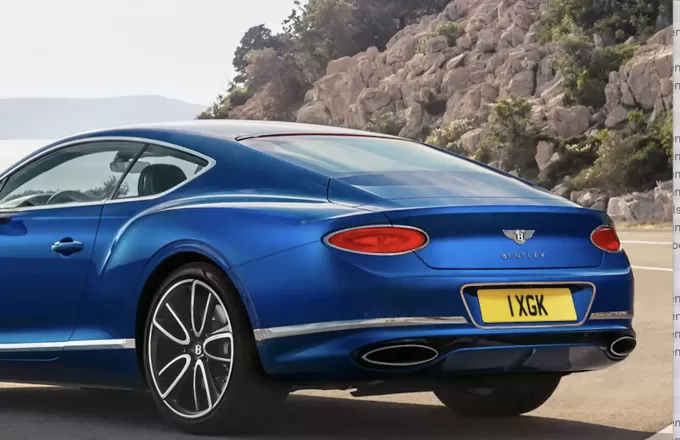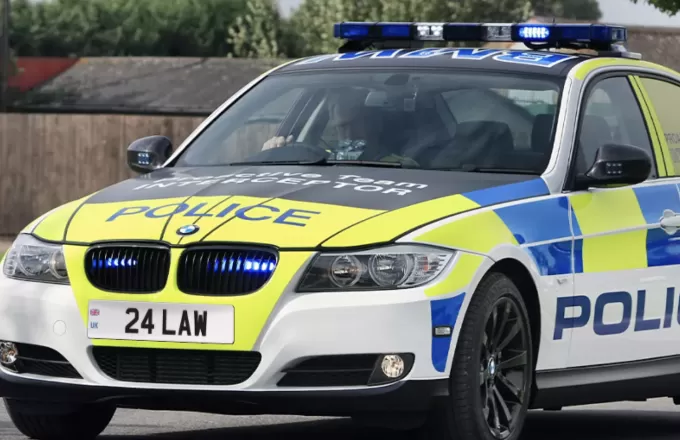Are License Plates Standard Across the World?
31 states in the U.S. require a plate on the front and back of the vehicle. The other 19 only insist on putting a license plate on the rear of the car. License plates are used for car registration and identification. The combination of letters and numbers is distinct on every license plate within one jurisdiction. Every country requires a license plate for vehicles that travel on the road, such as cars, motorcycles and trucks.
In almost every area, license plates are issued by the government or an agency that contracts with the government. It’s not typically legal for individual citizens to create unauthorized plates and attach them to the vehicle.
The sizes of license plates are also fairly standardized around the world. The general measurements are as follows:
- 520 by 110 millimeters or 520 by 120 millimeters – Most European countries, North Korea and South Korea
- 305 by 152 millimeters or 305 by 160 millimeters – Most of North and Central America as well as some portions of South America
- 372 by 135 millimeters - Many Pacific Rim countries
Several other sizes have been used in various countries over the years, though.
License Plates in the UK
In the UK, license plates are referred to as number plates. They have been around since 1904, when the Motor Car Act of 1903 was implemented. This act required all cars that travel on public roads to be registered with the government and display a number plate.
The narrow, rectangular number plates initially consisted of one or two letters followed by a number. The number could range from 1 to 9999. The original format was extended after all of the combinations had been used.
Today’s registration scheme has been in place since 2001. All registration numbers must use the font type Charles Wright 2001.
The first two characters represent the area code. The next two numbers show the vehicle’s age. Those characters are followed by a 33-millimeter space. Three random letters are used at the end of the plate.
The number plate may display one of five flag emblems and can have an optional non-reflective border. The front plate has to be white with black letters, while the plates on the back of the car must be yellow with black lettering. No variation is permitted in the font type, spacing or letter size.
In Great Britain, plates are administered by the Driver and Vehicle Licensing Agency, or DVLA. Vehicle owners can get a license plate from any registered number plate supplier. To get one, you’ll need an original document to confirm your identity, such as a passport, and the car registration certificate or other document that proves that you’re entitled to register the car.
You can buy personalised number plates from a private number plate dealer or the DVLA. Instead of getting a random number at the end of the plate, you can buy one that has some meaning, such as your initials. Depending on the demand, the prices for personalised number plates can vary greatly.
The vehicle registration plate in the UK stays with the car. It never has to be renewed. However, the plate can’t be older than the vehicle.
Canadian License Plates
All Canadian provinces require license plates, and vehicle owners can get them at their province’s appropriate agency. The plates generally stay with the owner. Therefore, someone who purchases a new car or motorcycle can have the plate transferred. For that reason, newer cars can display older plates. In Labrador and Newfoundland, the plates are transferred with the vehicle.
Every jurisdiction except for Nunavut uses an embossed design. Numbers and letters are both included, and they typically appear in ascending order.
The color schemes differ, though. Most license plates have red, blue or black lettering on a white background. But some have green letters or more colorful base tones. All current plates are rectangular except for those in the Northwest Territories, which are shaped like a polar bear.
Vehicle owners can purchase vanity or specialty plates at an extra cost. Vanity plates can display a personalized combination of letters and numbers as long as they’re not obscene. Specialty plates can have different symbols and logos on them, such as that of a university.
Canada used to require vehicle owners to replace their plates every year. Now, they can be renewed with a sticker that is affixed to the existing plate.
U.S. License Plates
In the U.S., license plates are issued by the Department of Motor Vehicles, or DMV. Each state has a few varieties of formats, colors and designs. The numbering schemes vary depending on the size of the state. For example, smaller jurisdictions, such as Delaware and Rhode Island, use numbers only, while California uses an alphanumeric format to accommodate more unique combinations.
The registration number is usually embossed on the license plate, but it may be surface-printed or impressed. California has been piloting a program in some cities that uses digital license plates. These have the potential for displaying messages to other drivers or paying tolls.
Although Canada and the U.S. have standardised their license plates to measure 15 by 30 centimetres, the dimensions differ slightly in various jurisdictions. Motorcycles use smaller plates. Puerto Rico, which is a U.S. territory, uses a European-sized plate.
Most states give out a validation sticker when vehicle owners renew their registration every year. These are affixed to the license plates to let authorities know that the automobile has a current registration.
License Plates in China
In China, registration plates are distributed by Vehicle Management Offices in each jurisdiction. The standards have changed over the years, but the current design uses different colors based on the type of vehicle.
Private, compact cars have white lettering on a blue background. Energy-efficient compact vehicles have license plates with black lettering on a graduated green background. Large vehicles or those that are licensed to carry 20 or more passengers have black-on-yellow plates.
The first character represents the province in which the plate was issued. The next digit stands for the subdivision or city in which the vehicle is registered.
You won’t see pretty pictures on China’s license plates. They’re all business, with sharp color contrasts and an alpha-numeric format that sometimes contains a Chinese character.
Because of China’s high population, many of its big cities have capped the issuing of license plates. For example, up to 120,000 plates are issued yearly in Guangzhou. Some cities are issuing more plates to electric cars to reduce pollution.



